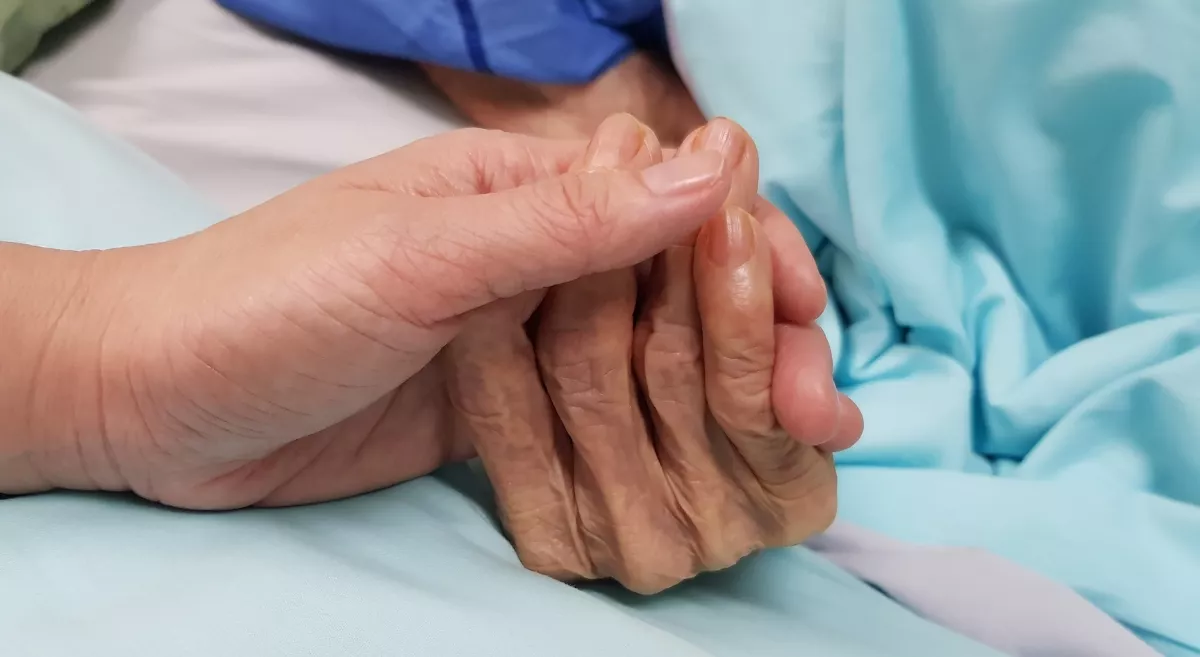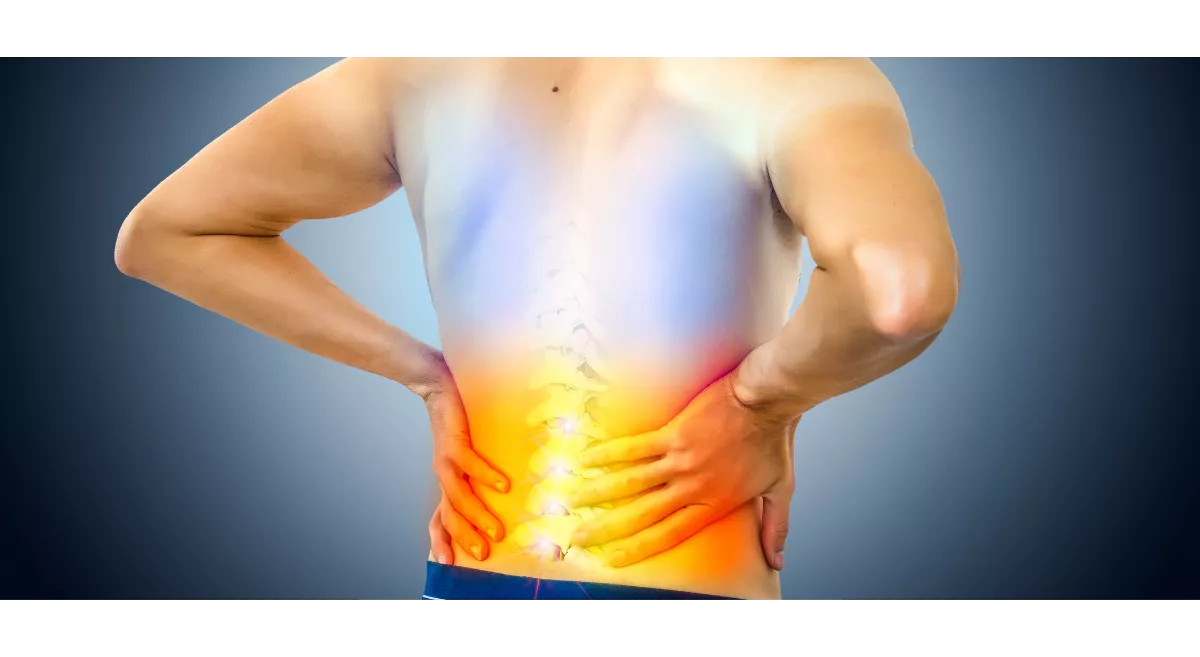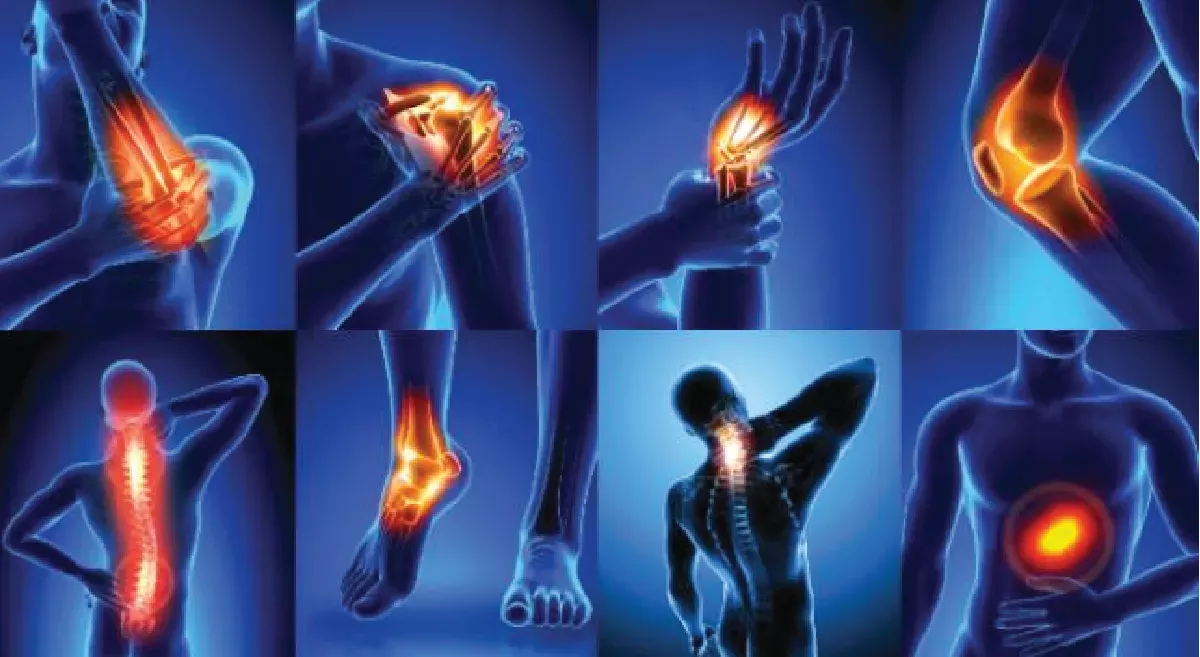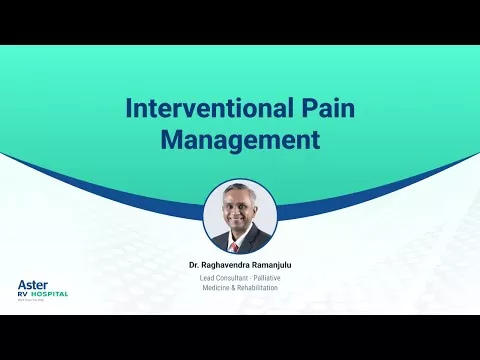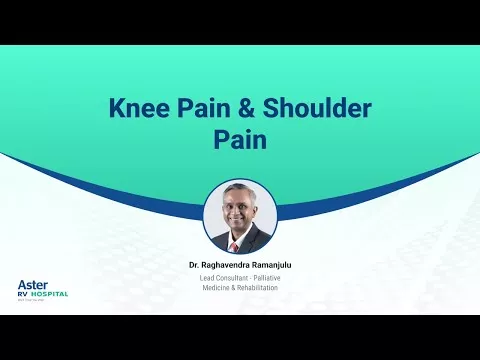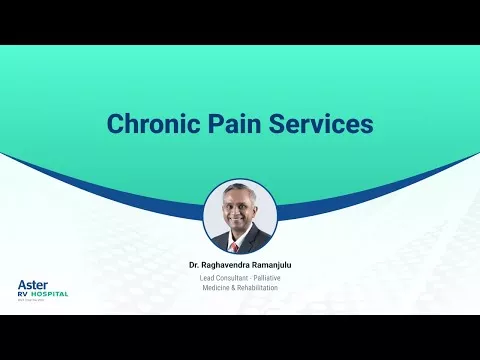Pelvic floor pain is a complex and often underdiagnosed condition that can have a profound negative impact on an individual’s quality of life. This condition affects both women and men, leading to significant discomfort and disruption in daily activities. One of the greatest challenges in addressing pelvic floor pain is its frequent misdiagnosis, often being mistaken for coccydynia, or tailbone pain. Although both conditions involve pain in the pelvic region, their causes and treatment approaches differ significantly, making accurate diagnosis essential for effective management.
Pelvic Floor Pain vs. Coccydynia
Pelvic floor pain is characterized by discomfort or pain in the muscles, ligaments, and connective tissues that support the pelvic organs, such as the bladder, uterus or prostate, and rectum. This pain often presents as a deep, dull, constantly aching sensation in the pelvis, lower back, genitals, or rectal sphincter. It can be aggravated by activities like sitting, exercising, or sexual intercourse, affecting both genders equally.
On the other hand, coccydynia specifically refers to pain localized at the coccyx, or tailbone, often resulting from trauma or prolonged sitting on hard surfaces. While these conditions can coexist, treating them as the same entity can lead to ineffective treatment and prolonged discomfort.
The Importance of Accurate Diagnosis
Accurately diagnosing pelvic floor pain is crucial for developing an effective treatment plan. Unfortunately, no specific investigation or imaging can definitively diagnose pelvic floor muscle pain. The diagnosis relies heavily on a detailed physical examination performed by a trained pain physician. This specialist can identify muscle tension, trigger points, and other signs of pelvic floor dysfunction that may not be apparent through standard diagnostic tests.
Misdiagnosis often occurs because the symptoms of pelvic floor pain can mimic those of other conditions like coccydynia, irritable bowel syndrome (IBS), or urinary tract infections (UTIs). Therefore, a thorough clinical assessment is necessary to differentiate pelvic floor pain from these other conditions and to ensure both men and women receive appropriate care.
Comprehensive Management of Pelvic Floor Pain
Once an accurate diagnosis is made, a comprehensive treatment plan can be developed. Effective management of pelvic floor pain typically involves a combination of physical, psychological, and lifestyle interventions:
1. Pelvic Floor Stretching and Myofascial Manipulation:
Unlike strengthening exercises, which can exacerbate symptoms, stretching exercises specifically designed for the pelvic floor are beneficial. These exercises aim to release tension and improve flexibility in the pelvic muscles. Additionally, myofascial manipulation performed by a trained chronic pain physician can help relieve pain by targeting trigger points and tight muscle bands in the pelvic region.
2. Psychological Assessment and Psychotherapy:
Chronic pelvic floor pain is often associated with psychological factors such as stress, anxiety, and depression. A psychological assessment can help identify these issues, and psychotherapy, including cognitive-behavioral therapy (CBT), can play a crucial role in managing the pain and improving the patient’s overall well-being.
3. Sleep Hygiene:
Good sleep hygiene is essential in managing chronic pain conditions. Patients should be encouraged to maintain regular sleep and wake times, avoid phones or gadgets before bedtime, and steer clear of caffeine and aerated drinks at least four hours before going to bed. These habits can help improve sleep quality, which is vital for pain management.
4. Healthy Diet and Hydration:
A balanced diet rich in dietary fiber is important to avoid constipation, which can exacerbate pelvic floor pain. Additionally, maintaining adequate hydration, with an adult drinking about 3 liters of water per day, is essential for overall health and to support the proper functioning of the digestive system, reducing strain on the pelvic floor muscles.
5. Guided Minimally Invasive Interventional Pain Procedures:
For patients who do not respond adequately to conservative treatments, minimally invasive procedures performed by a chronic pain physician can provide significant relief. These procedures, such as nerve blocks or trigger point injections, are often performed under ultrasound or fluoroscopy guidance to ensure precision and effectiveness in targeting the source of the pain.
The ASTER CMI Hospital Advantage
At ASTER CMI Hospital, we have the right interdisciplinary team to handle the entire gamut of conditions related to pelvic floor pain and coccydynia. Our team includes pain physicians, physical therapists, psychologists, and nutritionists who work together to provide comprehensive care tailored to each patient’s needs. With our multidisciplinary approach, we ensure that every aspect of your condition is addressed, from accurate diagnosis to personalized treatment plans that aim to improve your quality of life.
Conclusion
Pelvic floor pain requires a nuanced approach to diagnosis and treatment. Misdiagnosing it as coccydynia can lead to ineffective management and prolonged suffering. By emphasizing the importance of a thorough physical examination by a trained pain physician, along with a comprehensive treatment plan that includes stretching, myofascial manipulation, psychological support, proper sleep hygiene, and a healthy diet, patients can achieve significant relief from their symptoms. Early and accurate diagnosis, combined with these tailored interventions, is key to effectively managing this challenging chronic pain condition. At ASTER CMI Hospital, we are committed to providing the highest standard of care, ensuring that you receive the expert attention needed to manage and overcome your pain.









